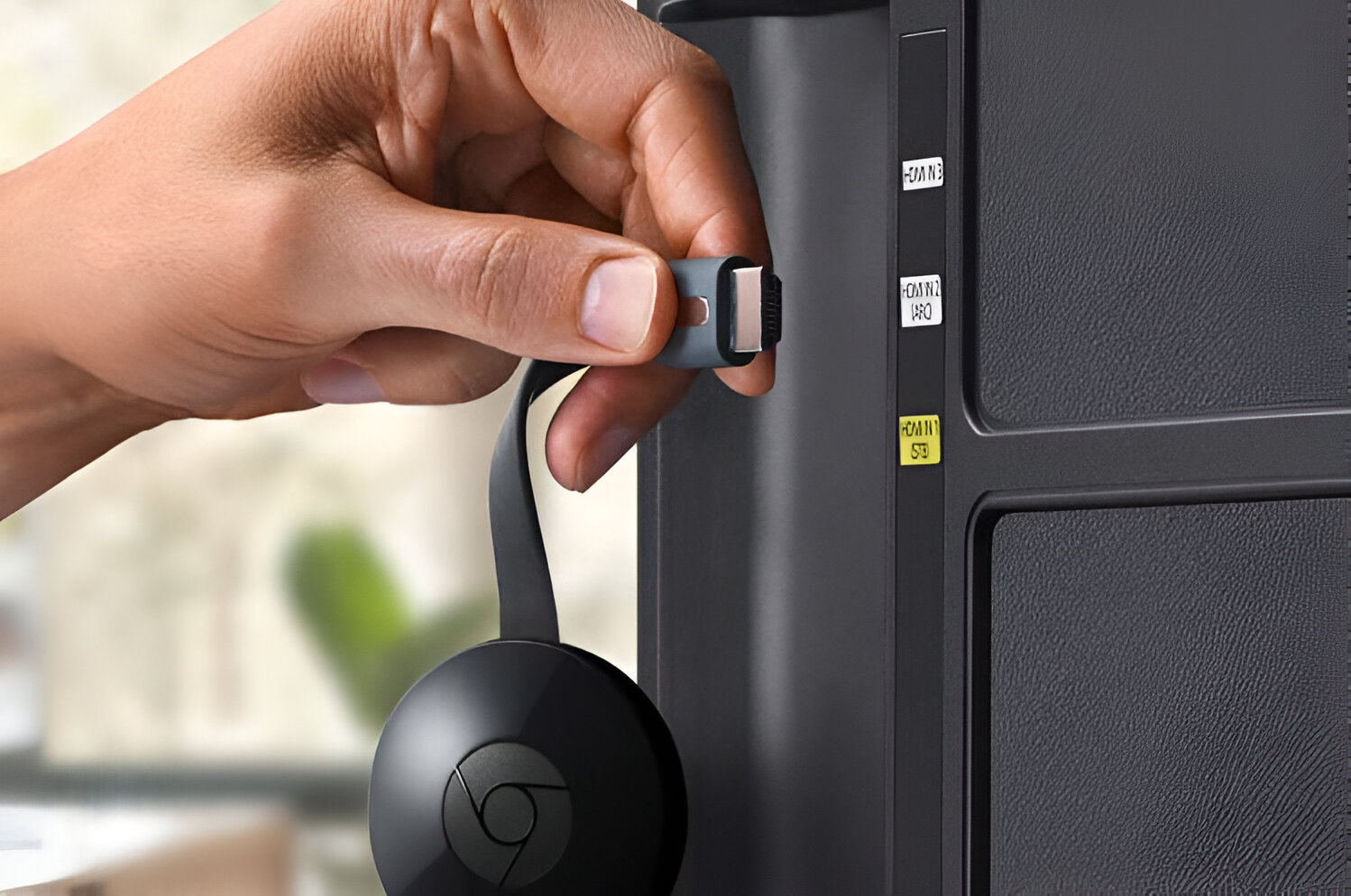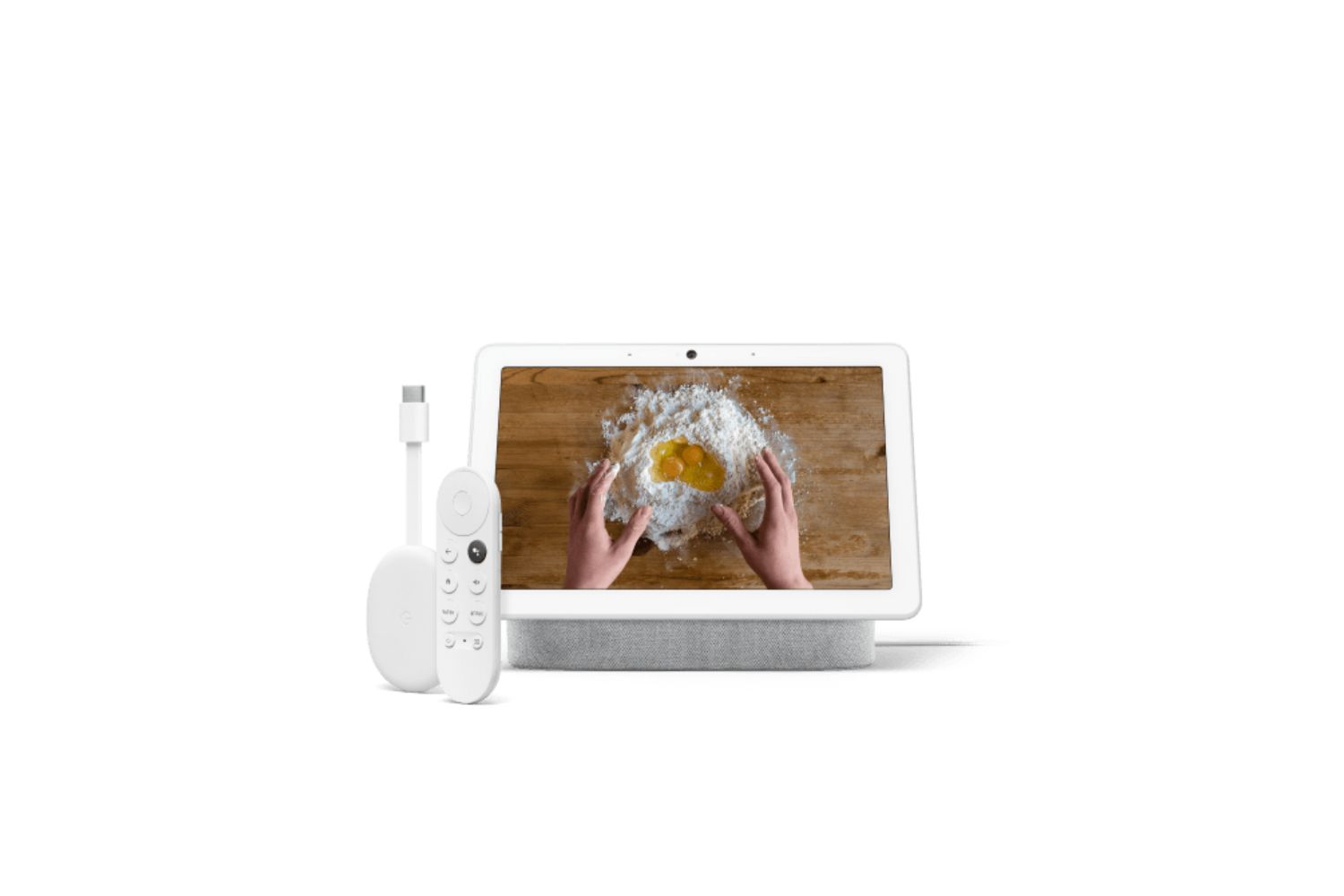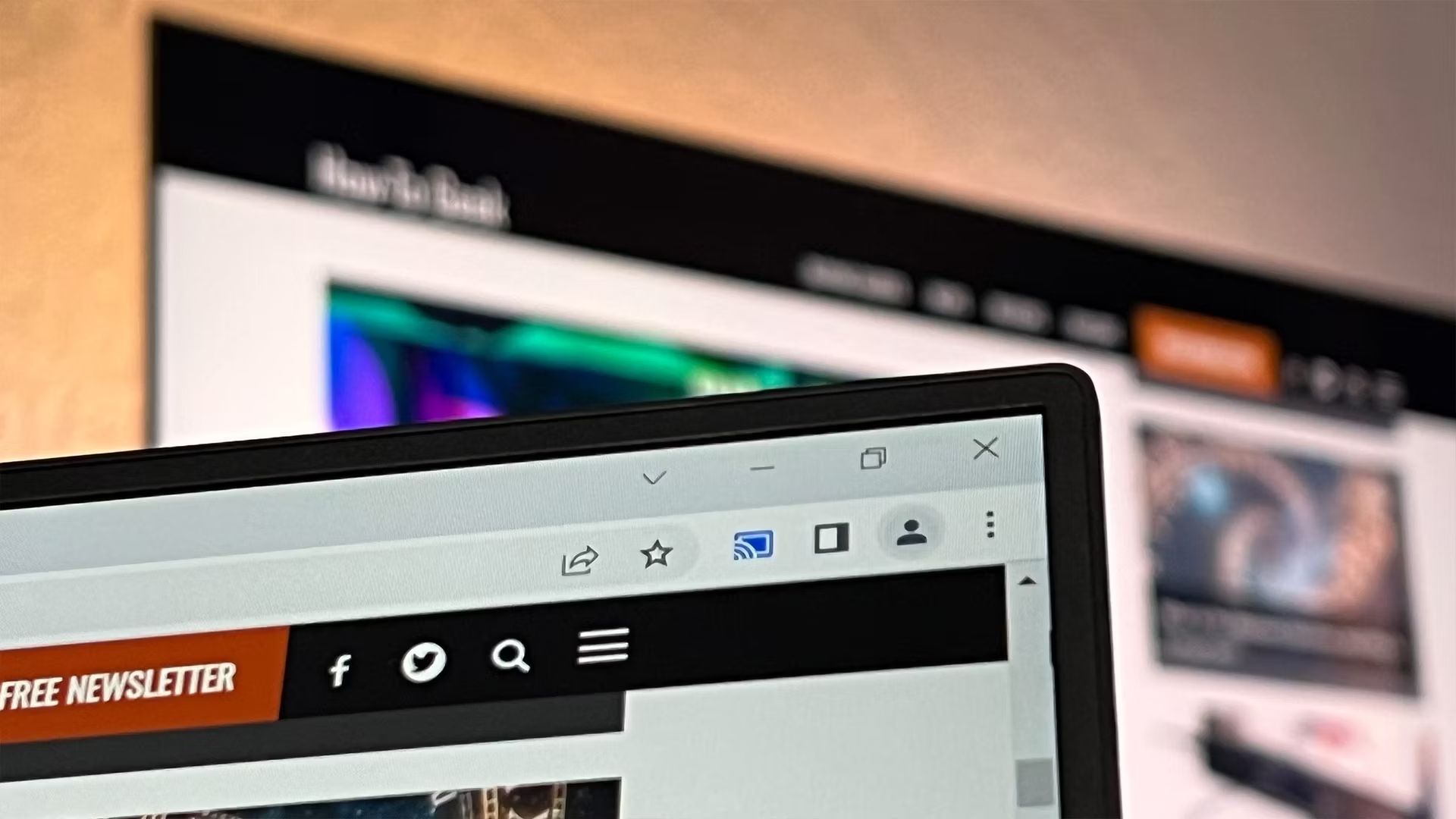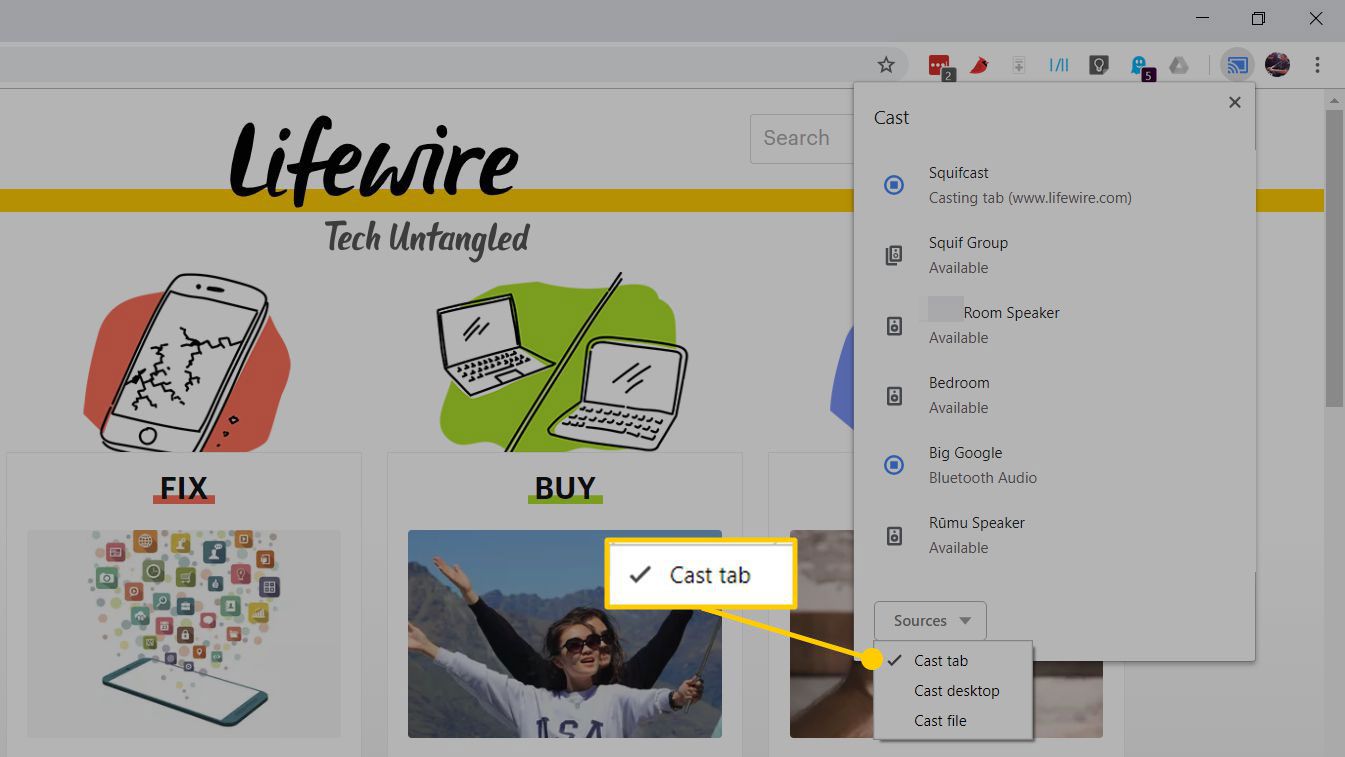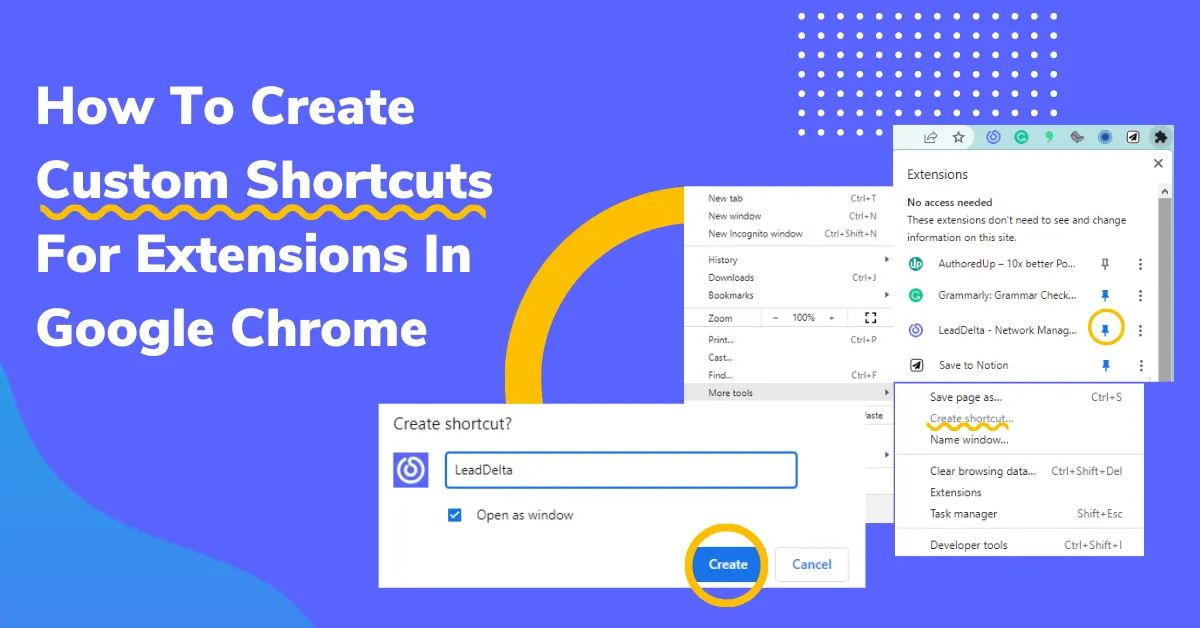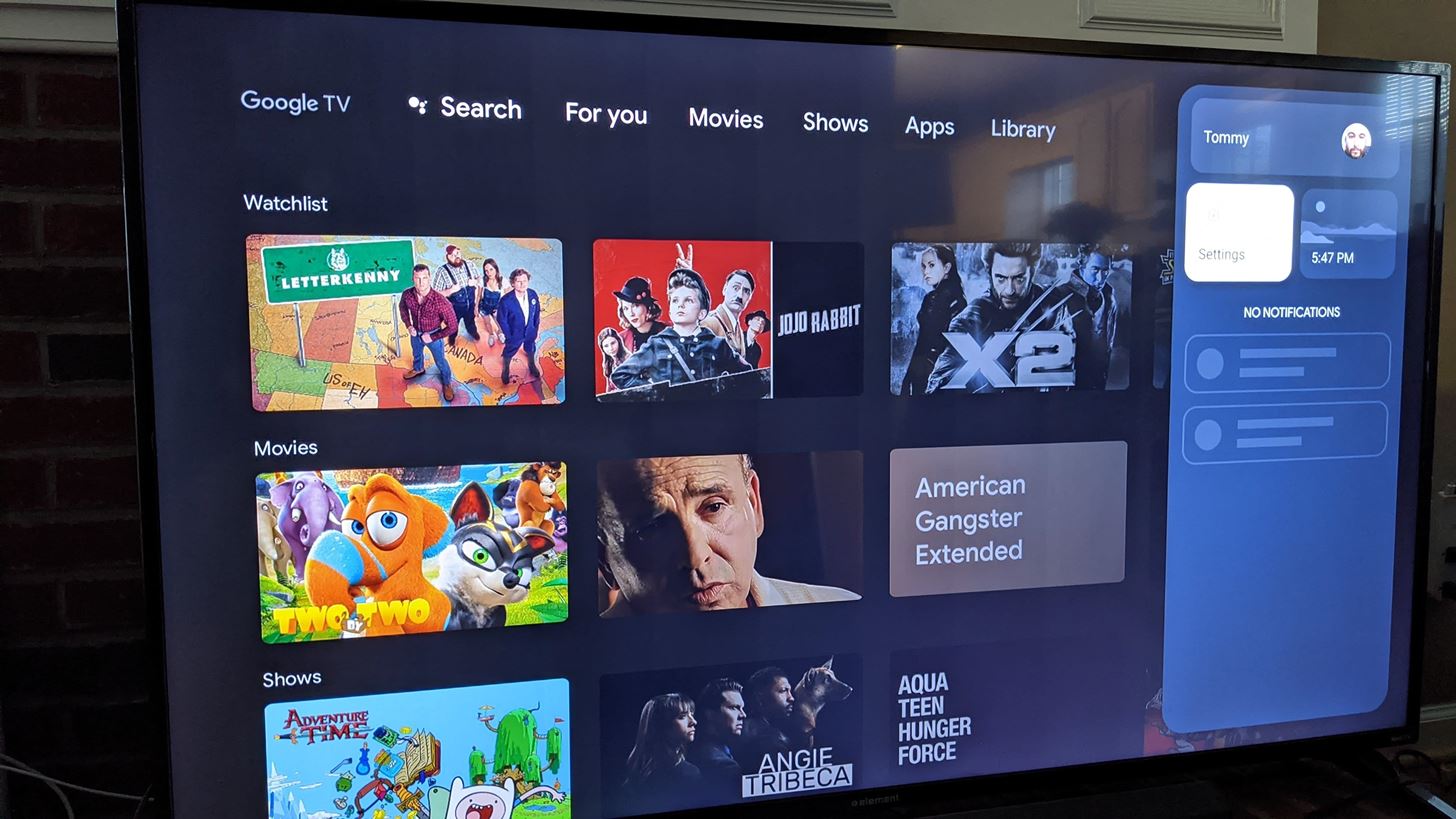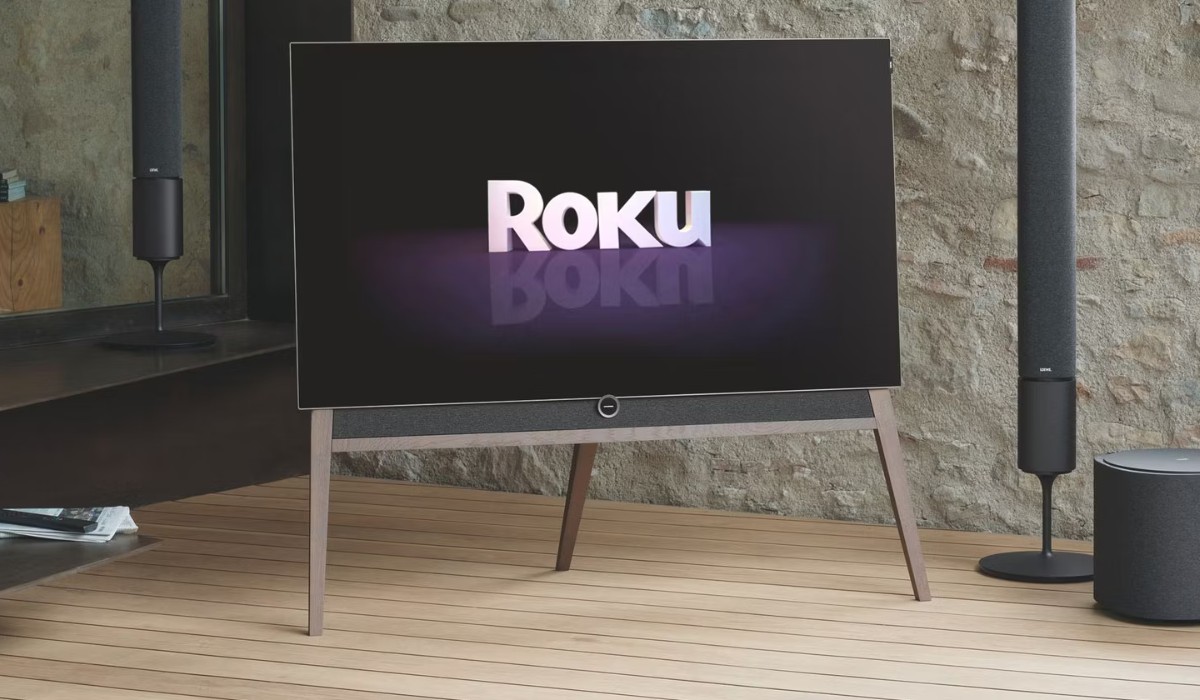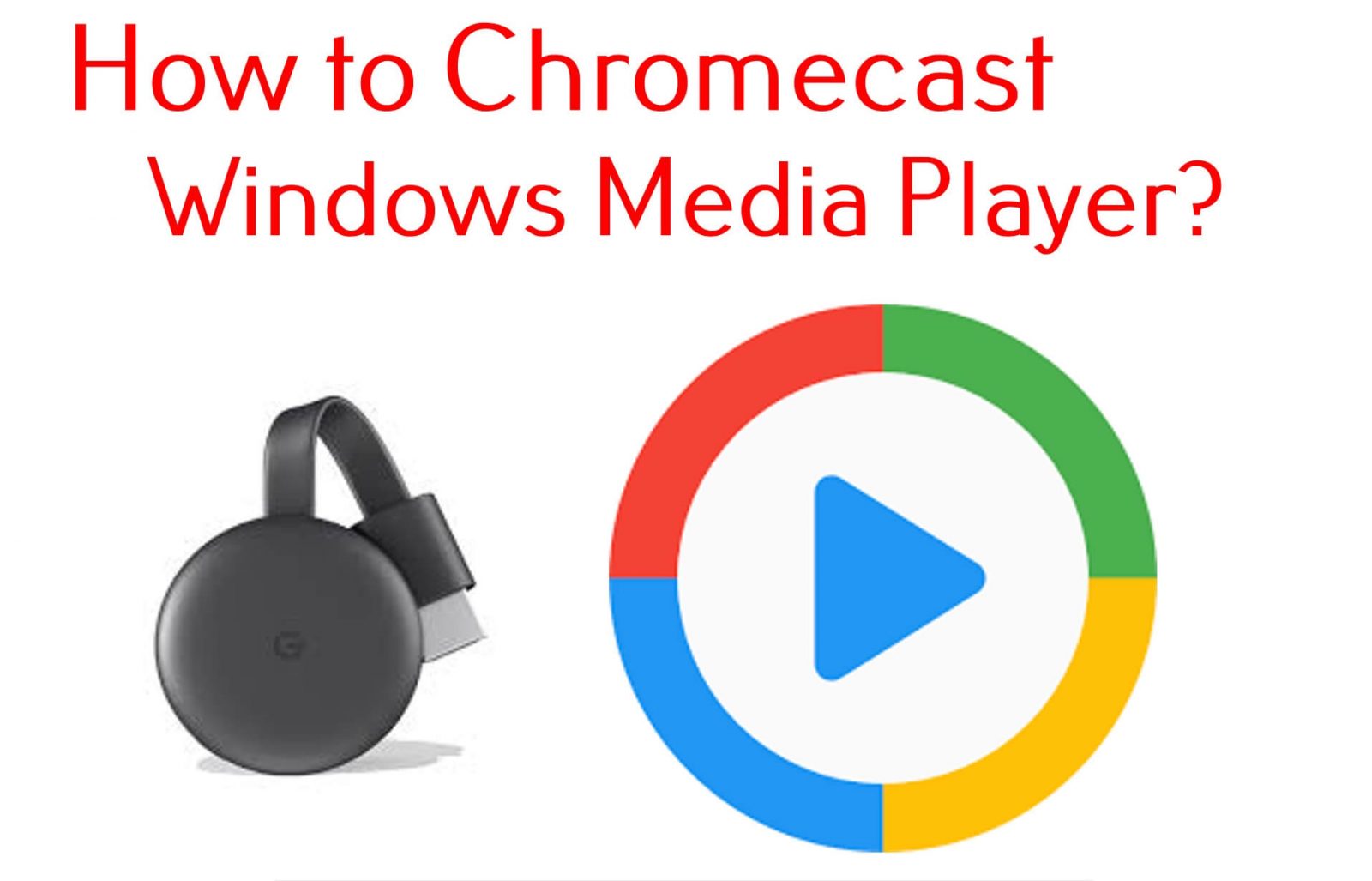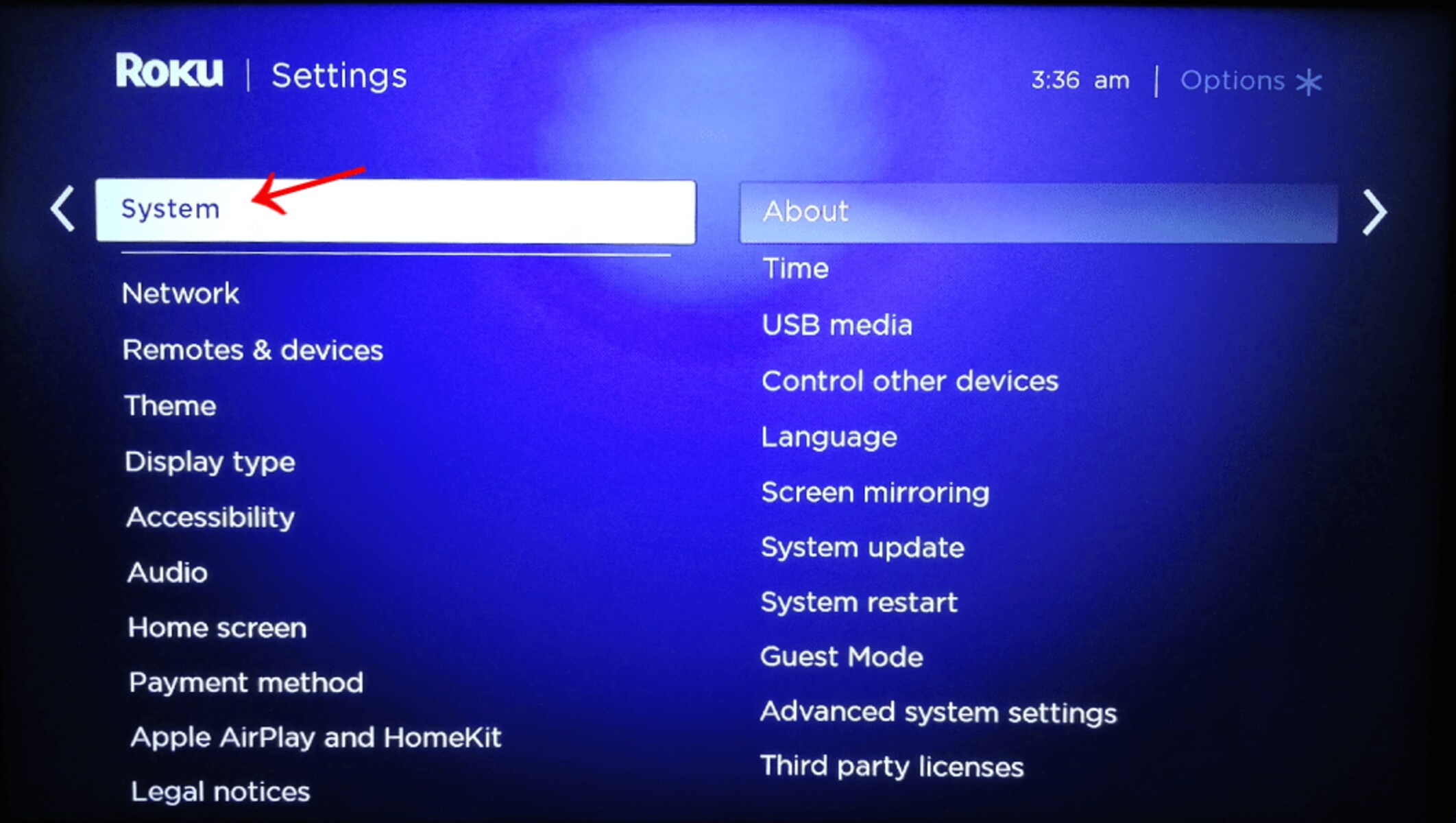Introduction
Chromecast is a nifty device that allows you to stream content from your smartphone, tablet, or computer to your TV screen. Whether you want to watch your favorite Netflix series on a larger display, share a photo slideshow with friends and family, or even play music through your TV speakers, Chromecast makes it all possible with just a few simple steps.
In this guide, we'll walk you through the process of setting up and using Chromecast to cast content from your devices to your TV. Whether you're a tech-savvy individual or someone who's just dipping their toes into the world of streaming, this step-by-step tutorial will help you make the most of your Chromecast and elevate your entertainment experience.
So, grab your remote, settle into your favorite spot on the couch, and get ready to unlock the full potential of your TV with the magic of Chromecast. Let's dive in and discover how easy it is to bring your digital content to life on the big screen!
Step 1: Set up your Chromecast
Setting up your Chromecast is the first and crucial step to begin casting your favorite content to your TV. The process is surprisingly straightforward, and you'll have your Chromecast up and running in no time.
-
Unbox and Connect: When you unbox your Chromecast, you'll find the device itself, a USB power cable, and a power adapter. Start by plugging the Chromecast into an available HDMI port on your TV. Then, connect the USB power cable to your Chromecast and plug the other end into the power adapter. Finally, plug the power adapter into a power outlet. Once connected, your TV should recognize the Chromecast.
-
Switch Input: Use your TV remote to switch to the HDMI input where your Chromecast is connected. You should see the Chromecast setup screen on your TV.
-
Download Google Home App: To proceed with the setup, you'll need to download the Google Home app on your smartphone or tablet. The app is available for both iOS and Android devices.
-
Follow Setup Instructions: Open the Google Home app and follow the on-screen instructions to set up your Chromecast. This involves connecting your device to the Chromecast's temporary Wi-Fi network and linking it to your home Wi-Fi network. The app will guide you through this process, making it easy to complete.
-
Customize Settings (Optional): Once your Chromecast is connected to your Wi-Fi network, you can choose to customize its settings, such as giving it a unique name and selecting a backdrop for the idle screen. These personalization options can add a touch of personality to your Chromecast experience.
-
Firmware Update: After the initial setup, your Chromecast may download and install any available firmware updates. This ensures that your device is running the latest software, providing optimal performance and compatibility.
By following these simple steps, you'll have your Chromecast set up and ready to cast your favorite content to your TV. With the setup complete, you're now prepared to move on to the next step and connect your device to the same Wi-Fi network as your Chromecast.
Step 2: Connect your device to the same Wi-Fi network
Once your Chromecast is set up, the next crucial step is to ensure that the device you want to cast from is connected to the same Wi-Fi network as your Chromecast. This seamless connection is essential for enabling communication between your casting device and the Chromecast, allowing for smooth and uninterrupted streaming.
Here's how to ensure that your device is on the same Wi-Fi network as your Chromecast:
-
Check Wi-Fi Network: Begin by accessing the Wi-Fi settings on your casting device, whether it's a smartphone, tablet, or computer. Ensure that it is connected to the same Wi-Fi network that your Chromecast is linked to. This step is pivotal, as different Wi-Fi networks can hinder the casting process.
-
Troubleshooting: If you encounter any issues with connecting your device to the correct Wi-Fi network, consider restarting your device or checking for any available Wi-Fi network updates. Additionally, verifying that your Wi-Fi network is functioning properly can help resolve any connectivity issues.
-
Wi-Fi Range: It's important to note that the distance between your casting device and the Wi-Fi router can impact the quality of the connection. If you experience connectivity issues, consider moving closer to the router to strengthen the Wi-Fi signal.
-
Network Compatibility: In some cases, certain network configurations or security settings may affect the ability of your casting device to communicate with the Chromecast. Ensuring that your Wi-Fi network is compatible with casting devices can help mitigate potential connectivity challenges.
By ensuring that your casting device is connected to the same Wi-Fi network as your Chromecast, you pave the way for a seamless casting experience. This vital connection lays the foundation for effortlessly streaming your favorite content from your device to the big screen, enhancing your entertainment possibilities.
With your device and Chromecast now on the same Wi-Fi network, you're ready to move on to the next step and open the app or website from which you want to cast content to your TV.
Step 3: Open the app or website you want to cast from
With your Chromecast set up and your device connected to the same Wi-Fi network, the next step is to open the app or website from which you want to cast content to your TV. Whether you're eager to stream a captivating series, share a collection of cherished photos, or enjoy your favorite music videos on the big screen, the process of casting content is remarkably straightforward.
Here's how to open the app or website you want to cast from:
-
Launch the App: If you're planning to cast content from a specific app, such as Netflix, YouTube, Spotify, or any other supported streaming service, start by launching the app on your casting device. Once the app is open, navigate to the content you wish to cast to your TV.
-
Visit the Website: In the case of casting content from a website, open the web browser on your casting device and visit the website hosting the content you want to stream. Ensure that the website is compatible with Chromecast and supports casting functionality.
-
Select the Content: Once you're in the app or on the website, choose the specific content you want to cast to your TV. This could be a movie, TV show, music playlist, or any other media that you're eager to enjoy on a larger screen.
-
Look for the Cast Icon: Within the app or website, keep an eye out for the Cast icon, typically represented by the outline of a display with Wi-Fi signals emitting from it. This icon indicates that the content is ready to be cast to a compatible device, such as your Chromecast.
-
Initiate Casting: When you've located the Cast icon, tap on it to initiate the casting process. Your device will then search for available casting devices on the same Wi-Fi network, including your Chromecast. Once your Chromecast is detected, select it from the list of available devices to begin casting the content to your TV.
By following these steps, you can seamlessly open the app or website from which you want to cast content to your TV. Whether you're immersing yourself in a thrilling movie, sharing delightful memories through photos, or grooving to your favorite tunes, the ability to cast content from your device to your TV opens up a world of entertainment possibilities.
With the app or website open and the content ready to cast, you're now prepared to move on to the next step and cast the selected content to your TV.
Step 4: Cast to your TV
Now that you have your Chromecast set up, your device connected to the same Wi-Fi network, and the app or website open with the desired content ready to cast, it's time to cast that content to your TV. This step brings your digital entertainment to life on the big screen, creating an immersive viewing or listening experience for you and your audience.
Here's how to cast content to your TV using Chromecast:
-
Initiate Casting: After selecting the content you want to cast and locating the Cast icon within the app or website, tap on the icon to initiate the casting process. This action prompts your device to search for available casting devices on the same Wi-Fi network, including your Chromecast.
-
Select Your Chromecast: Once your device detects the available casting devices, including your Chromecast, select it from the list of devices to which you can cast the content. This establishes the connection between your device and the Chromecast, preparing the content for display on your TV.
-
Enjoy the Viewing Experience: As the content begins casting to your TV, sit back, relax, and immerse yourself in the viewing experience. Whether it's a captivating movie, an engaging TV show, or a mesmerizing music video, witnessing the content on a larger screen elevates the entertainment value and brings a new dimension to your digital media consumption.
-
Control Playback: While the content is casting to your TV, you can use your device as a remote control to manage playback. This includes pausing, resuming, adjusting the volume, and even seeking to specific moments within the content, providing you with full control over your viewing or listening experience.
-
Multitasking: With the content casting to your TV, you're free to use your device for other tasks, such as browsing the web, checking messages, or even queuing up additional content to cast. This multitasking capability allows you to make the most of your digital devices while enjoying seamless content casting.
By following these steps, you can effortlessly cast your favorite content from your device to your TV using Chromecast. Whether you're indulging in a movie marathon, sharing cherished memories through photos, or setting the mood with a curated music playlist, the ability to cast content to your TV opens up a world of entertainment possibilities.
With the content successfully casting to your TV, you're now ready to explore the final step, which involves controlling playback and adjusting settings to enhance your viewing or listening experience.
Step 5: Control playback and settings
Once your content is casting to your TV via Chromecast, you have the flexibility to control playback and adjust settings to tailor your viewing or listening experience to your preferences. This level of control enhances your ability to seamlessly manage the content being displayed on the big screen, ensuring that you can fully immerse yourself in the entertainment while maintaining the convenience of managing playback from your device.
Here's how you can effectively control playback and settings while casting content to your TV:
-
Playback Controls: Utilize your casting device as a remote control to manage playback. This includes the ability to pause the content, resume playback, adjust the volume to your desired level, and even seek to specific moments within the content. These playback controls empower you to dictate the pace and flow of your viewing or listening experience, putting you in the driver's seat of your entertainment.
-
Volume Adjustment: With the content casting to your TV, you can easily adjust the volume directly from your casting device. Whether you prefer a more immersive audio experience or need to lower the volume for a quieter setting, having the ability to control the volume ensures that the audio output aligns with your preferences.
-
Subtitle and Audio Track Selection: Depending on the content being cast, you may have the option to select different subtitle languages or audio tracks. This feature is particularly useful for multilingual content or when you prefer to enjoy the content with subtitles. By accessing these settings from your casting device, you can customize the viewing experience to accommodate your language preferences.
-
Queue Management: While the current content is casting to your TV, you can continue to use your device to queue up additional content for seamless playback. Whether you're creating a playlist of videos, queuing up a series of episodes, or transitioning to a new music selection, the ability to manage the playback queue from your device adds a layer of convenience to your entertainment experience.
-
Idle Screen Settings: If your Chromecast is idle and not currently casting content, you can access settings to customize the backdrop displayed on your TV screen. This feature allows you to personalize the visual ambiance of your TV when it's not actively casting, adding a touch of flair to your entertainment setup.
By leveraging these playback controls and settings, you can fine-tune your casting experience to align with your preferences, ensuring that your digital content is presented exactly as you desire on the big screen. This level of control enhances the overall enjoyment of your entertainment, making the Chromecast casting experience both seamless and customizable.
With the ability to effortlessly manage playback and settings while casting content to your TV, you can fully immerse yourself in the entertainment while maintaining the convenience of controlling the experience from your device. This seamless integration of control and customization elevates the Chromecast casting experience, empowering you to curate your digital entertainment with ease.
Conclusion
In conclusion, Chromecast serves as a gateway to a world of seamless and immersive entertainment, allowing users to effortlessly cast their favorite digital content from their devices to the big screen. The process of setting up and using Chromecast is remarkably user-friendly, making it accessible to individuals of all technical backgrounds. By following the step-by-step guide outlined in this tutorial, users can unlock the full potential of their Chromecast and elevate their viewing and listening experiences.
From the initial setup, where users unbox and connect their Chromecast to their TV, to the seamless casting of content from their devices, the Chromecast experience is designed to be intuitive and convenient. The ability to connect a variety of devices, including smartphones, tablets, and computers, to the Chromecast creates a versatile ecosystem for streaming a diverse range of content, from movies and TV shows to music and photos.
The process of casting content to the TV via Chromecast opens up a world of entertainment possibilities, allowing users to enjoy their favorite media on a larger, more immersive screen. Whether it's a movie night with friends, a photo slideshow with family, or a music playlist for a relaxing evening, Chromecast facilitates the seamless transition of digital content from personal devices to the shared experience of the TV screen.
Furthermore, the control and customization options available while casting content to the TV enhance the overall viewing and listening experience. Users can effortlessly manage playback, adjust settings, and even queue up additional content, all from the convenience of their casting devices. This level of control empowers users to curate their entertainment experience to align with their preferences, adding a layer of personalization to the viewing and listening journey.
In essence, Chromecast transcends the traditional boundaries of digital content consumption, bridging the gap between personal devices and the communal experience of the TV screen. It brings people together through shared entertainment, offering a seamless and versatile platform for casting a wide array of content. Whether it's a captivating movie, a heartwarming photo collection, or a lively music playlist, Chromecast transforms the way we engage with digital media, making the entertainment experience more immersive, interactive, and enjoyable for all.







